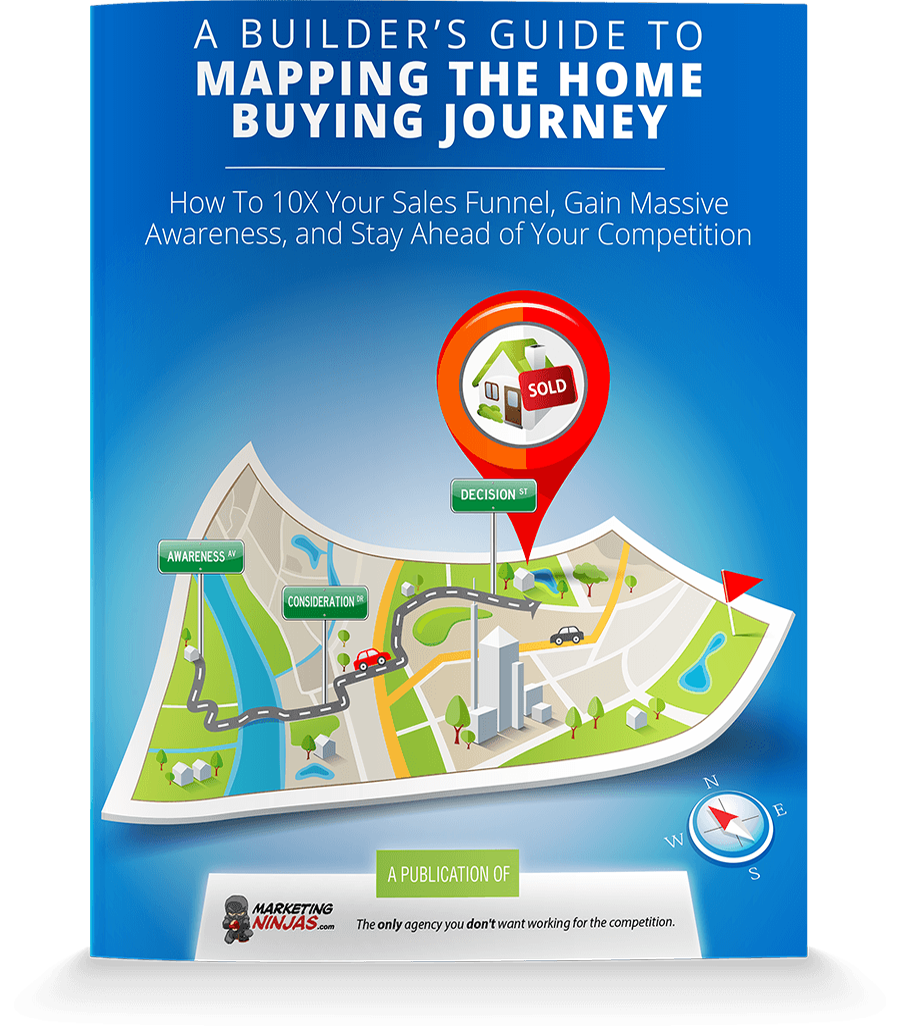7 Reasons Why Marketers Are Shifting Their Budgets From Traditional To Inbound Marketing
The popularity of inbound marketing has been increasing dramatically in recent years, but 2013 is poised to be its biggest year yet. By the time the year is over, it may well be considered the year of inbound marketing.
If you haven't incorporated inbound marketing into your strategy at this point, you're already falling behind the competition. By understanding the benefits of this type of marketing, you'll get the motivation you need to put into practice.
Inbound marketing represents a dramatic shift from the way marketing traditionally works. Traditional marketing, or outbound marketing, is a little like tossing a huge, hole-ridden net into a massive pond. You might catch a few fish, but most of them will see you coming from a mile away and avoid you like the plague. Fishing with a rod, reel and excellent bait tends to produce better results, and inbound marketing works more like that. You offer your target audience something of value to grab their attention. From there, you start a conversation that will hopefully result in some sort of sale.
More than ever, consumers are in the driver's seat. The Internet has made sure of that. They no longer have to passively wait for companies to pitch products and services. When they need something, they can do research and zero in on the best options themselves. Will you be there to respond when interested consumers come knocking?
If you're still not convinced about the effectiveness of inbound marketing, consider the top seven reasons that marketers are shifting their budgets to inbound marketing in 2013:
1. Inbound Marketing Costs Less than Outbound Marketing
Most things boil down to money, and marketing is no different. Inbound marketing isn't dependent on huge outlays of cash. This is wonderful for a variety of reasons. It levels the playing field by allowing small businesses to engage with prospective customers just as effectively as large corporations.
Each inbound marketing lead costs 62 percent less than the typical outbound marketing lead, and three out of four inbound marketing channels, like blog posts, social media activity and pay-per-click campaigns, cost less than any outbound marketing channel. Direct mail campaigns, trade shows and telemarketing campaigns cost are expensive.
2. Inbound Marketing has Better ROI
It's great that inbound marketing is so much cheaper than traditional marketing, but it wouldn't matter one iota if it didn't produce results. Fortunately, it offers one of the best returns on investment in the marketing world. If you're willing to put in the time to develop relationships with prospective customers, you're sure to win out in the end. You can spend a lot less and enjoy much better results than you would with many traditional marketing methods. Thanks to social media, inbound marketing doesn't have to take up a lot of time either.
3. Inbound Marketing Lets You Earn People's Attention
Are you tired of begging, bugging and paying people to get their attention? Those efforts usually fall flat anyway, so what's the point? With inbound marketing, you don't pay to get people's attention; you earn it. This has many exciting benefits. For one thing, if someone likes what you have to say and voluntarily gives you his or her attention, you can safely assume that the person is at least somewhat interested in what you're selling. That represents a huge leap forward from the traditional model, which involves spending huge amounts of money to earn a person's business.
4. Customers Find You with Inbound Marketing
By concentrating on creating engaging content and being active on social media channels, you can slowly but surely draw customers to you. This flies in the face of traditional marketing, which requires you to aggressively seek out leads and prospects. If you own a website, you know that getting a lot of traffic isn't enough; it needs to consist of people who want what you have to offer. The same principle applies to inbound marketing. Add value to people's lives, and they will come.
5. Inbound Marketing Adds Value to People's Lives
Let's face it: No one feels good about most standard marketing techniques. In many instances, they involve deceit of some kind. At the very least, they require you to be really salesy and superficial. It's refreshing to create content that enriches people's lives instead. The great thing about this technique is that it can simultaneously help you build your customer base and develop new leads.
6. Outbound Marketing Just Doesn't Work
If outbound marketing was effective, it certainly isn't anymore. At least, it's significantly less effective than it once was. Consider these stats: 44 percent of direct mail is never opened; 84 percent of people between the ages of 25 and 34 have closed a website that pummeled them with intrusive ads; 86 percent of TV viewers skip the commercials and there are 200 million people on the National Do Not Call Registry. In other words, you're going to run into a lot of dead ends when using outbound marketing techniques, and those dead ends reflect a lot of wasted time, money and effort.
7. Outbound Marketing is Expensive
Traditional marketing techniques require huge amounts of cash, and returns on such investments are not guaranteed. This may not be a huge deal to a major corporation with a massive marketing budget, but it can mean the difference between staying in business and shutting the doors for a small company. At any rate, every penny that's spent on marketing reduces your bottom line to some degree. You don't have to part with a lot of cash to put inbound marketing to work, so it's easy to see why it's become so popular.
You can expect to hear and see a lot more buzz about inbound marketing in 2013. Why not get in on the action now? By the time 2014 rolls around, most businesses will probably be engaging in inbound marketing of some kind. If you get started now, you'll have a major leg up on the competition and should be able to stay ahead from that point forward.







